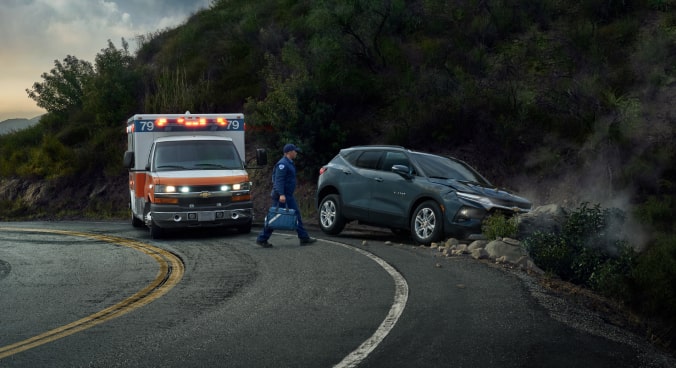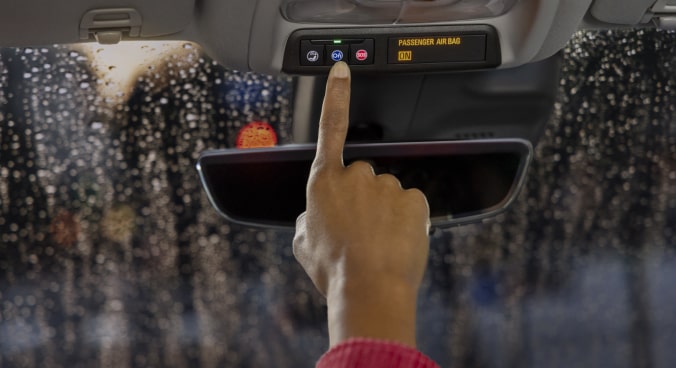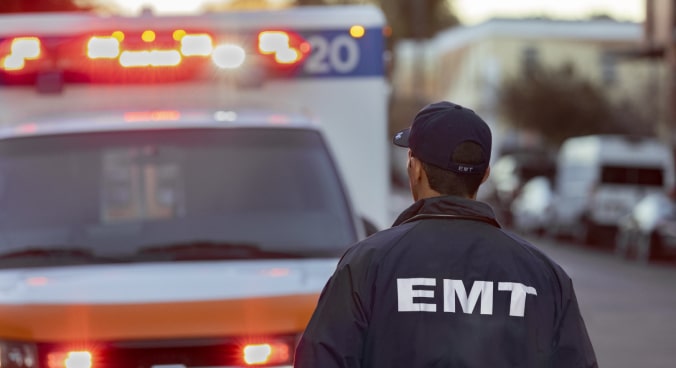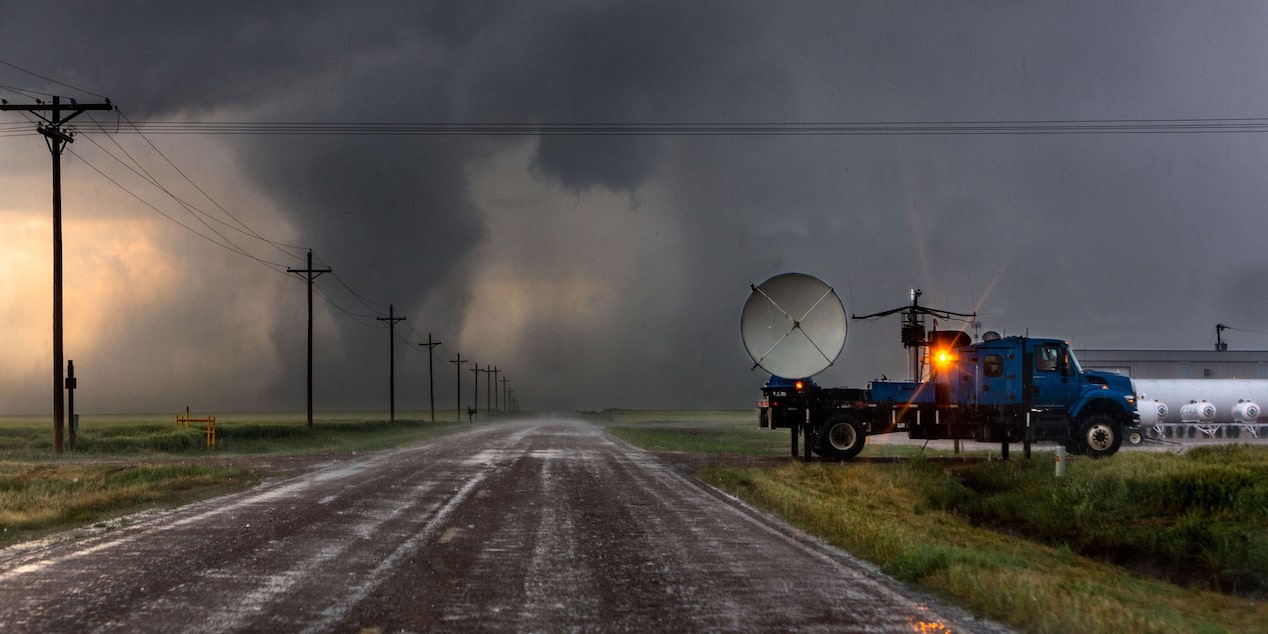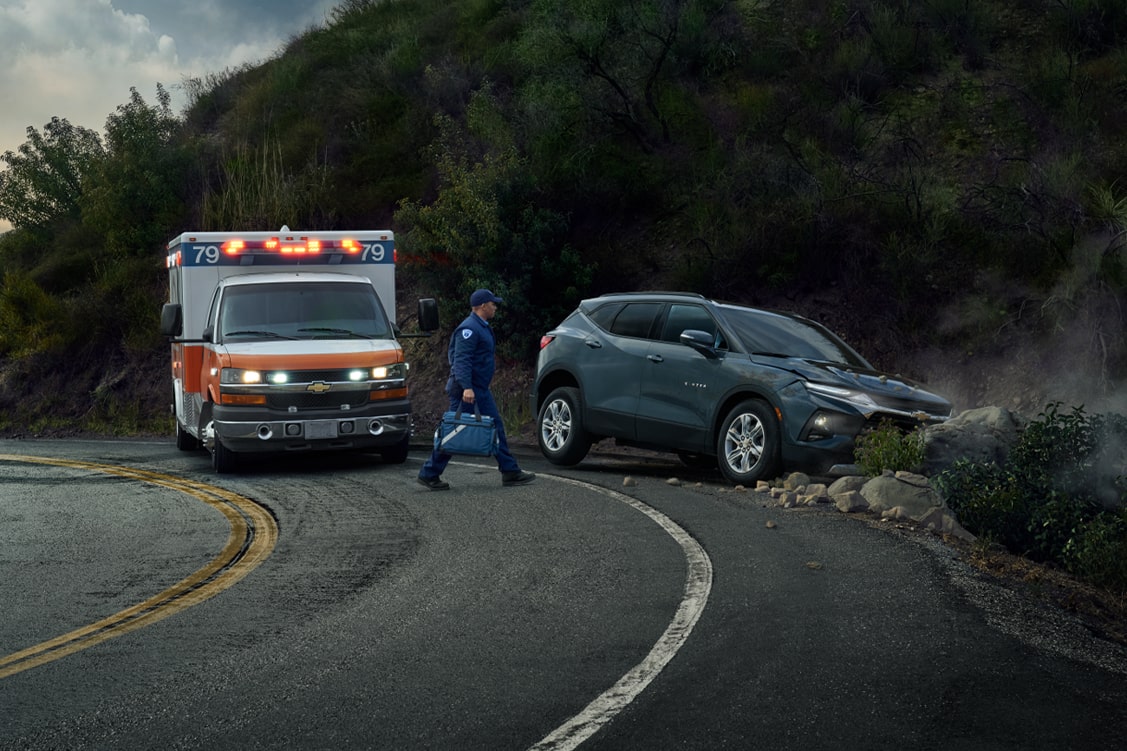Storm season is coming.
Summer vacation time (June through August) typically brings some of the most severe weather of the year, including tornadoes, hurricanes and downpours that can lead to flooding. If you’re curious about what’s in store, here’s what the experts are expecting in 2022.
Hurricanes
With the likely absence of El Niño, hurricane researchers at Colorado State University are predicting an active Atlantic hurricane season (June 1 through November 30), with nine hurricanes expected. This is an uptick from seven hurricanes in 2021. The team also estimates a 71 percent probability of at least one major hurricane making landfall along the entire U.S. coastline, compared to a 52 percent average over the last century.
Crisis Assist in action
See how OnStar brought added peace of mind to a family evacuating from the path of a hurricane.
Strong storms
The Colorado State University forecasters expect 19 named storms (tropical or subtropical), which is a substantial jump from 14.4 in a typical year. They are also predicting a total of 90 named storm days, compared to the average of 69.4 days.
Temperatures
Air conditioning units are expected to work overtime June through August as the National Weather Service is predicting above-normal temperatures for most of the U.S., especially for the western half of the nation. Research shows that the central Great Basin through the central and southern Rockies has the highest probability of above-normal temperatures (greater than 60 percent).
Rainfall
If you live in the northwestern contiguous U.S., the central Plains and the southern High Plains, make sure your sprinklers are operational because 2022 is predicted to be a below-normal precipitation year. However, above-normal precipitation is likely in parts of Alaska, the Southwest and the Eastern Seaboard.
How to prepare
Regardless of where you live, it’s smart to prepare for severe weather. OnStar Crisis Assist
- Plan to have multiple sources (TV, radio, phone) available to receive emergency alerts and warnings.
- Create a family communications plan that includes how to contact one other and reconnect if you’re separated.
- Be aware of the risks in your area. Are you in a flood or high fire hazard zone?
- Make an evacuation plan so everyone knows where to go and which routes to follow.
- Make sure your plan accounts for any specific needs for your family.
- Download the OnStar Guardian® app
* so you can have access to key OnStar safety services even when you’re not in your vehicle. Learn more about the Guardian app. - Follow OnStar on Twitter for real-time updates, the latest news and other key information during a crisis.
- Create a plan to care for your pets.
- Be aware of the emergency plans at your work and kids' school.
- Finally, practice your emergency plan with your family.
A specially trained Advisor can provide you with information about the crisis, help route you away from danger and connect you with loved ones. For more information on OnStar Crisis Assist, including helpful tips on preparing for severe weather, visit these pages:
Be Prepared for a Tornado with OnStar Crisis Assist



